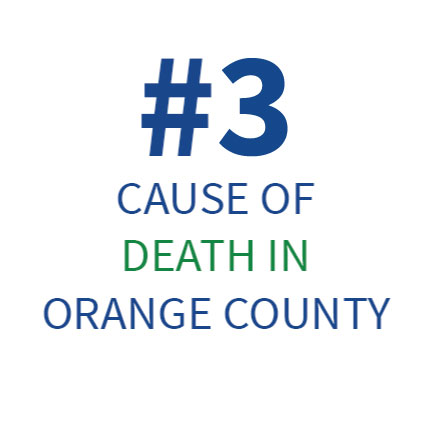
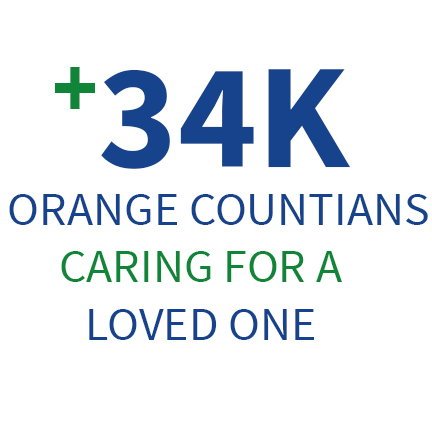
Prevalence
Every 66 seconds, someone in America develops Alzheimer’s. It is estimated that nearly 500,000 new cases of Alzheimer’s disease will be diagnosed this year. Get the facts about Alzheimer’s disease—the most common form of dementia.
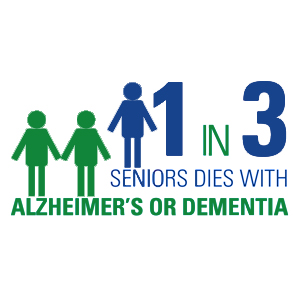
The number of Americans with Alzheimer’s disease and other dementias will grow each year as the size and proportion of the U.S. population age 65 and older continue to increase. By 2025, the number of people age 65 and older with Alzheimer’s disease is estimated to reach 7.1 million — a 40 percent increase from the 5.1 million age 65 and older affected in 2015. By 2050, the number of people age 65 and older with Alzheimer’s disease may nearly triple, from 5.1 million to a projected 13.8 million, barring the development of medical breakthroughs to prevent or cure the disease.
Mortality
1 in 3 seniors dies with Alzheimer’s or another dementia. It kills more than breast cancer and prostate cancer combined. As the population of the United States ages, Alzheimer’s is becoming a more common cause of death.
Year over year, Alzheimer’s disease has consistently been among the top 10 leading causes of death in the United States. Between 2000 and 2019, deaths from stroke, heart disease, and HIV decreased, whereas reported deaths from Alzheimer’s disease increased by more than 145%. Alzheimer’s is the only disease among the top 10 causes of death in America that cannot be prevented, cured or even slowed.
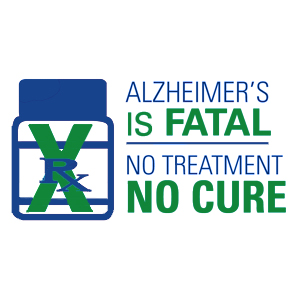
Impact On Caregivers
In 2019, about 16.34 million Alzheimer’s/dementia caregivers spent about 18.6 billion unpaid hours valued at 243 billion dollars worth of service.
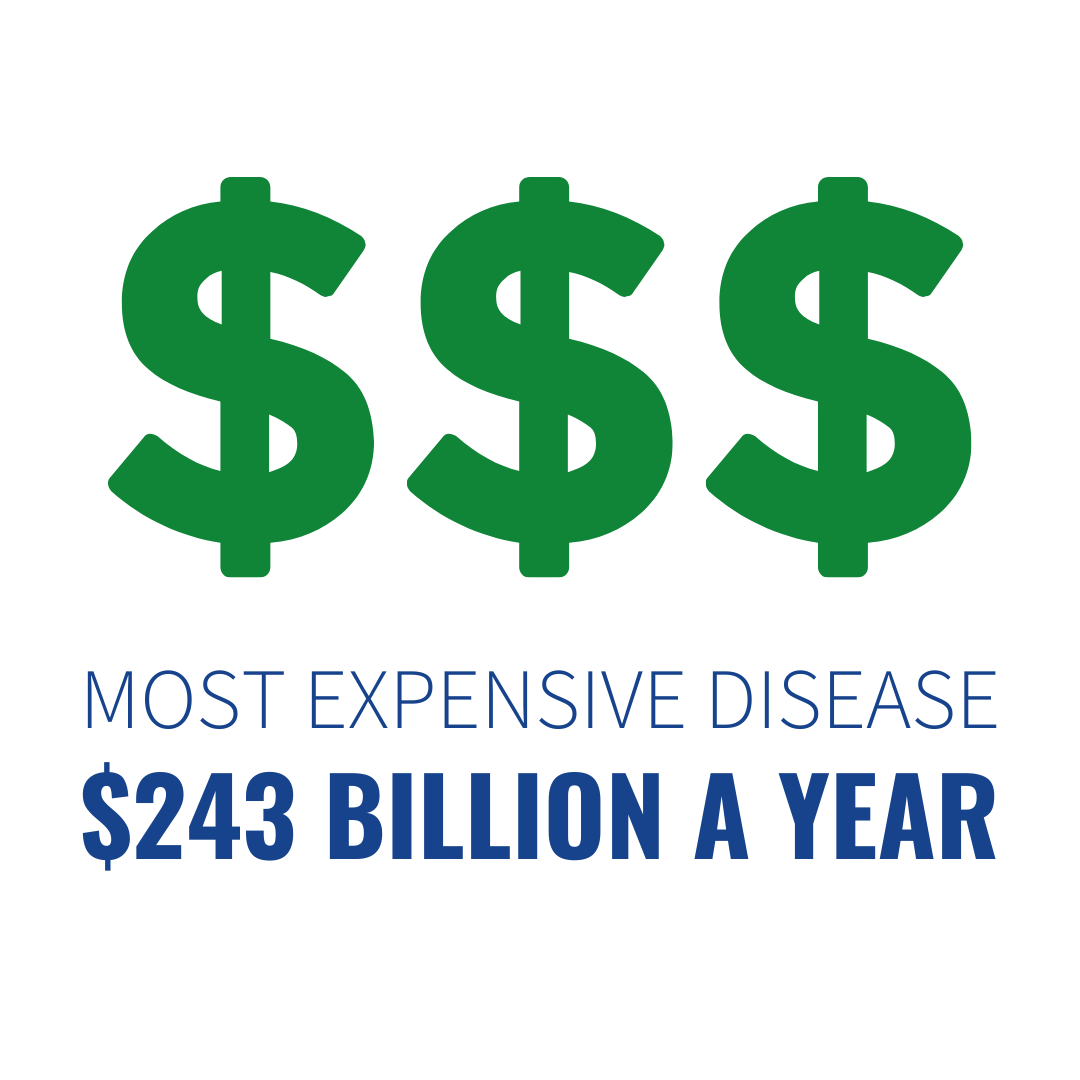
Alzheimer’s takes a devastating toll on caregivers. Nearly 60 percent of Alzheimer’s and dementia caregivers rate the emotional stress of caregiving as high or very high; about 40 percent suffer from depression. Due to the physical and emotional toll of caregiving, Alzheimer’s and dementia caregivers had $9.7 billion in additional health care costs of their own in 2014.
Cost To Nation
Alzheimer’s disease is the most expensive disease in America today.
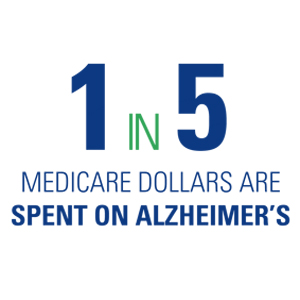
Unless something is done, in 2050, Alzheimer’s is projected to cost over $1.1 trillion (in 2015 dollars). This dramatic rise includes a five-fold increase in government spending under Medicare and Medicaid and a nearly five-fold increase in out-of pocket spending.
Sources:

